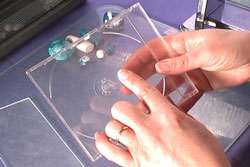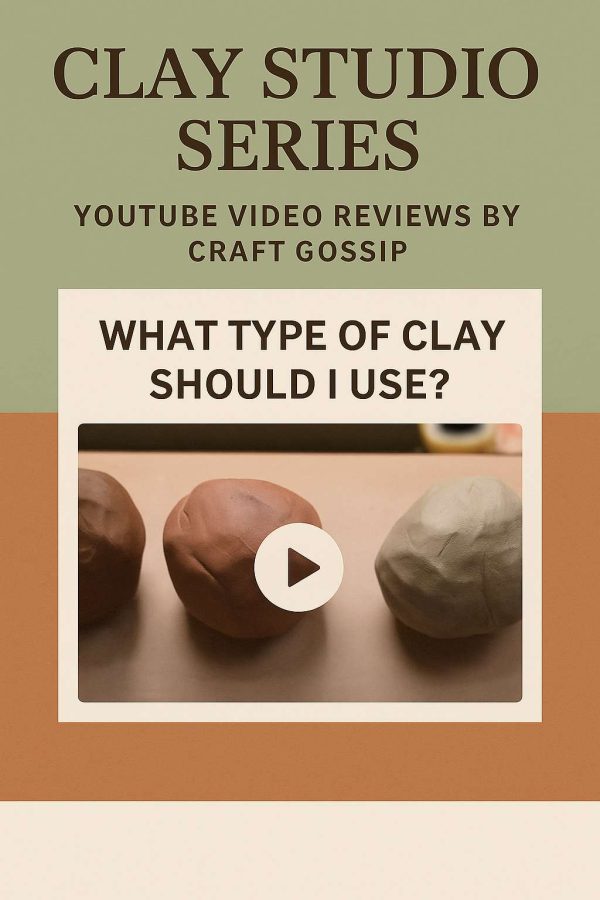 If you haven’t already, check out Cindy Lietz Beadmaking Tips. She has a great blog filled with little tid-bits to make beadmaking easier. Love her clear photographs and easy to understand directions.Â
If you haven’t already, check out Cindy Lietz Beadmaking Tips. She has a great blog filled with little tid-bits to make beadmaking easier. Love her clear photographs and easy to understand directions.Â
I had a tri-bead roller that sat on my shelf since last year, thanks to Cindy, I’ve actually started using it!
I loved this week’s tip of using old cd cases if you don’t have plexi-glass to roll lentil beads, so clever.
[tags]polymer clay, arts & crafts, beadmaking[/tags]

Thanks very much for this post Heather! Glad you found the bead roller info useful. I found the tri-bead roller a big pain until I figured out how to measure the clay right. Isn’t it always the way? Something that looks easy is often hard and something that looks hard is often easy!
The CD case is something I figured out being lazy! Rather than look for my acrylic sheet, I just grabbed a CD case laying near by. This is a great way to get started with rolling lentil beads, even if you don’t have all the “proper” tools yet. BTW, for anyone that wants to know more about making lentil beads, I’ll be emailing out a free video tutorial later this week to everyone on my guest list.
Oh and… if you have not seen it yet, the first link in your post above is going to 404 error page.
Thanks again for thinking of me Heather. Much appreciated!
I am new to beading, don’t have much money for lots of new contraptions so any homemade tools is always a wonderful thing. It’s either new tools or food for the kids. hmmm?
Great info. Has anyone checked out My Crafts Page.com?